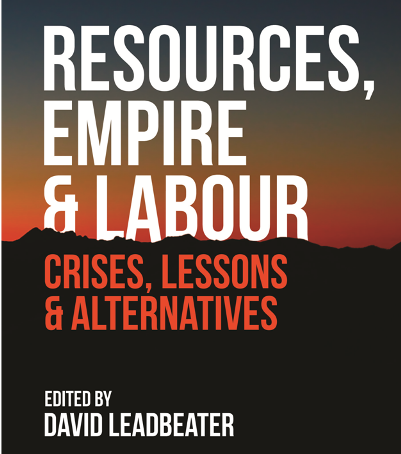(Yellowknife, NT – October 6, 2014) In a powerful statement to show that the NWT is “open for business”, the government of the NWT (GNWT) has unveiled NWT Mineral Development Strategy – GNWT Implementation Plan 2014-2015, its first annual plan to support the NWT Mineral Development Strategy with appropriate actions to ensure the continued growth of the NWT minerals industry.
According to Brooke Clements, President of the NWT & Nunavut Chamber of Mines, “This implementation plan lays out the first tangible actions that are designed to improve the investment climate for mining and exploration companies in the NWT. We are hopeful that these actions will help support the continued growth of the NWT mineral resource industry. A healthy and growing mineral industry will help ensure that sustainable and long-term benefits continue to accrue to all residents of the NWT.”
In his Minister’s Message, NWT Minister of Industry, Tourism and Investment David Ramsay stated, “Through a partnership effort with the NWT and Nunavut Chamber of Mines, we were proud to release the NWT Mineral Development Strategy in the fall of 2013.
This Implementation Plan puts that Strategy into action by establishing concrete goals, objectives, and timelines. Putting these initiatives in place will set the wheels in motion to restore a positive investment climate, which is important if we are to discover new deposits and establish new mines to sustain and grow our economy.”
Some highlights of the implementation plan include:

























